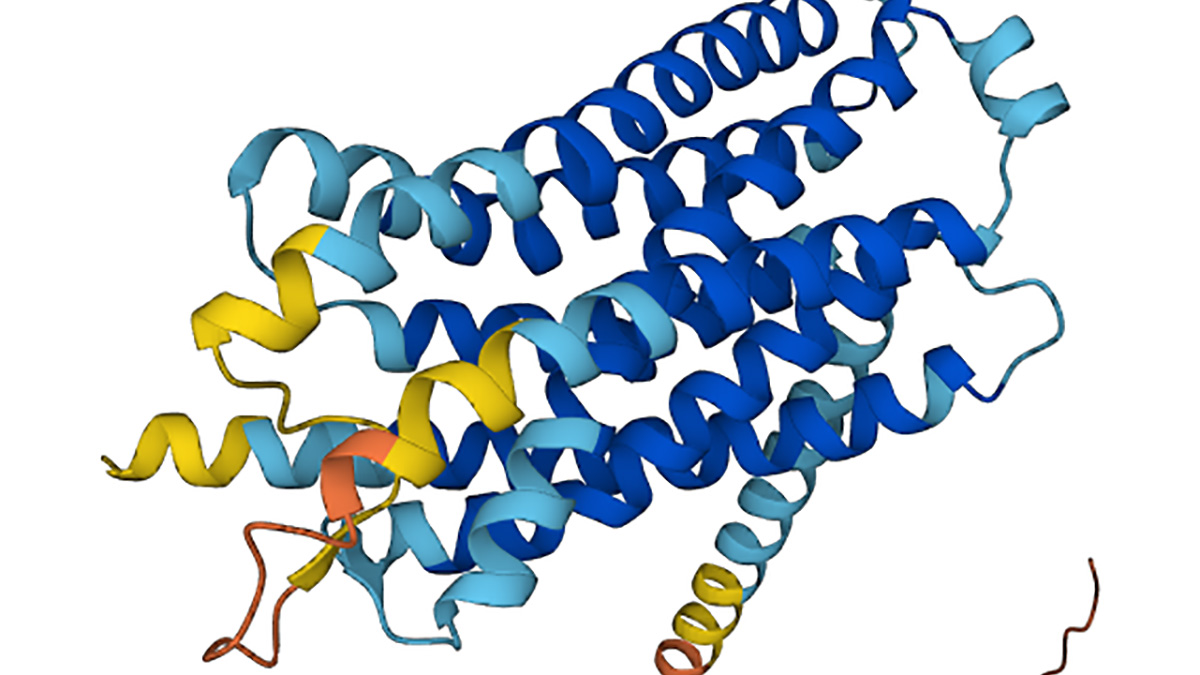
AI Unravels the Secrets of Protein FoldingAI Unravels the Secrets of Protein Folding Proteins, the workhorses of biological systems, are intricate molecules that orchestrate a vast array of cellular processes. Understanding their structure is paramount for deciphering their function and targeting them for therapeutic interventions. However, predicting protein folding, the process by which proteins assume their functional shapes, has remained a formidable challenge. Enter AI, the game-changer in protein science. Recent breakthroughs have harnessed the power of machine learning and deep neural networks to unravel the mysteries of protein folding. DeepMind’s AlphaFold In 2020, DeepMind’s AlphaFold2 made waves by achieving near-atomic accuracy in predicting the structures of over 98% of human proteins. Trained on a massive dataset of known protein structures, AlphaFold leverages a deep neural network that simulates the physical interactions between amino acids. RosettaFold Not far behind, the RosettaFold consortium developed a similar AI algorithm that combines deep learning with classical physics simulations. RosettaFold has demonstrated remarkable accuracy in predicting the structures of proteins with diverse topologies. Impact on Research and Drug Discovery These AI breakthroughs have revolutionized protein science, providing researchers with unprecedented insights into the structure and function of proteins. They have accelerated the discovery of new protein targets for drug development, enhanced our understanding of disease mechanisms, and enabled the design of novel protein-based therapeutics. Addressing Remaining Challenges While AI has made significant progress in protein folding, challenges remain. Predicting the structures of membrane proteins, which play crucial roles in cell communication and transport, continues to be a hurdle. Additionally, accurately predicting the dynamics of protein folding is essential for understanding their biological functions. Future Directions As AI technology continues to advance, researchers are exploring new frontiers in protein folding. They are developing hybrid models that combine AI with experimental techniques, such as cryo-electron microscopy. Furthermore, AI is being used to predict protein aggregation, a hallmark of neurodegenerative diseases like Alzheimer’s. Conclusion The application of AI to protein folding is a watershed moment in biomedical research. It has unlocked unprecedented capabilities for unraveling the secrets of these fascinating molecules and holds immense promise for advancing our understanding of biology and developing transformative therapies. As AI continues to evolve, we can expect even more groundbreaking discoveries that will shape the future of protein science and medicine.
Posted inNews